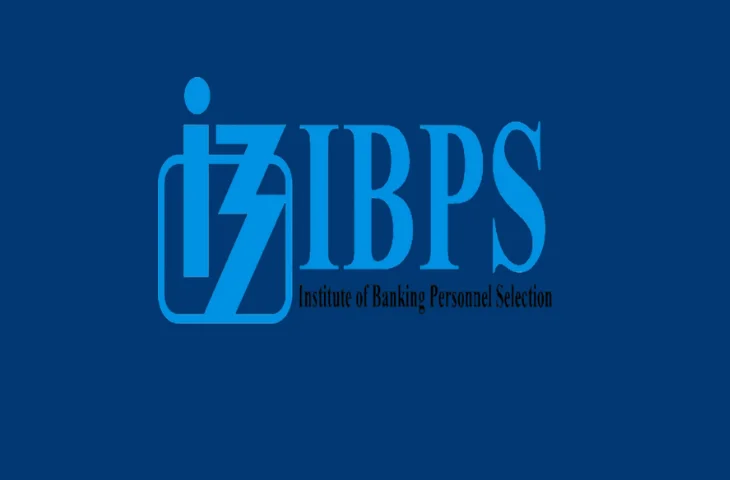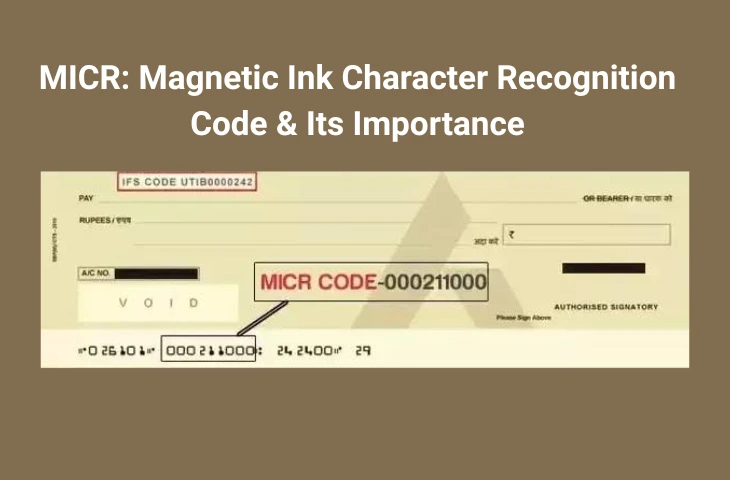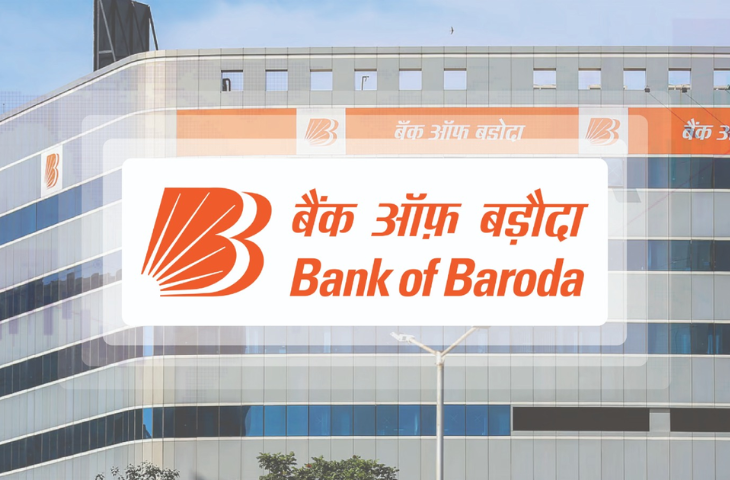Digital Banking in India: Digital banking has transformed the Indian financial landscape, offering customers seamless access to banking services anytime and anywhere. For bank exam aspirants, understanding digital banking is crucial, as it forms an integral part of the current banking sector and is frequently tested in exams like IBPS PO, SBI PO, LIC AAO, and IIBF Certifications.
What is Digital Banking?
Digital banking refers to the digitization of all traditional banking activities and services that were previously available only at a bank branch. It involves the use of digital platforms—such as websites, mobile applications, and ATMs—to conduct financial transactions and manage accounts. This shift has made banking more accessible, efficient, and customer-centric.
Types of Digital Banking in India
India’s digital banking ecosystem comprises various platforms and services designed to cater to diverse customer needs. Here’s an overview:
1. Internet Banking (Net Banking)
Allows customers to access their bank accounts and perform transactions via the bank’s official website. Features include fund transfers, bill payments, and account management.
2. Mobile Banking
Enables banking services through mobile applications, offering features like fund transfers, bill payments, and account management. Mobile banking provides the convenience of banking on-the-go.
3. ATM Banking
Provides access to cash withdrawals, mini-statements, and other services through Automated Teller Machines. ATMs are widely available and offer 24/7 access to basic banking services.
4. Digital Wallets and UPI
Platforms like Paytm, PhonePe, and Google Pay facilitate quick and secure payments using Unified Payments Interface (UPI). These platforms have revolutionized digital payments in India.
5. Digital-Only Banks
Banks that operate exclusively online, such as Airtel Payments Bank and Jio Financial Services, offering a range of banking products without physical branches. These banks focus on providing digital-first services.
Services Offered by Digital Banking
Digital banking platforms in India provide a wide array of services to enhance customer convenience:
- Account Management: View balances, statements, and manage account settings.
- Fund Transfers: Send money using NEFT, RTGS, IMPS, or UPI.
- Bill Payments: Pay utility bills, taxes, and recharge mobile phones.
- Loan Applications: Apply for personal, home, or vehicle loans online.
- Investment Services: Invest in mutual funds, stocks, and fixed deposits.
- Customer Support: Access 24/7 assistance through chatbots or helplines.
Advantages of Digital Banking
Digital banking offers numerous benefits that have revolutionized the banking experience:
- 24/7 Accessibility: Access banking services anytime, anywhere.
- Convenience: Perform transactions without visiting a branch.
- Cost-Effective: Reduced transaction fees and operational costs.
- Speed: Instantaneous fund transfers and real-time updates.
- Security: Enhanced security features like two-factor authentication.
Disadvantages of Digital Banking
Despite its advantages, digital banking has certain limitations:
- Technical Issues: Dependence on internet connectivity and device compatibility.
- Cybersecurity Risks: Vulnerability to online fraud and hacking.
- Digital Literacy: Requires customers to be tech-savvy.
- Limited Personal Interaction: Lack of face-to-face customer service.
Digital Banking vs. Online Banking
While often used interchangeably, digital banking and online banking have distinct differences:
| Feature | Digital Banking | Online Banking |
| Scope | Comprehensive digital services | Primarily internet-based transactions |
| Access Points | Websites, mobile apps, ATMs, digital wallets | Mainly through bank’s official website |
| Services Offered | Full range of banking services | Basic services like balance check and transfers |
| User Experience | Integrated and seamless | Limited to specific online transactions |
Importance of Digital Banking Knowledge for Bank Exam Aspirants
For candidates preparing for banking exams, understanding digital banking is essential. Topics like UPI, IMPS, AEPS, and digital wallets are frequently covered in general awareness and banking awareness sections. Moreover, knowledge of digital banking reflects a candidate’s awareness of current banking trends, which is crucial for interviews and group discussions.
Recent Developments in Digital Banking
The digital banking landscape in India is continuously evolving:
- Jio Financial Services: Recently held its Annual General Meeting, highlighting significant developments and future strategies in digital banking.
- Aditya Birla Capital: Received ‘in-principle’ approval from the Reserve Bank of India to function as an online payment aggregator, marking a significant step in its fintech and digital financial services agenda.
- Government Initiatives: The Prime Minister emphasized the need for comprehensive reforms aimed at strengthening the fintech sector, focusing on making the industry more inclusive and resilient to financial and operational risks.
Practice Questions for Bank Exam Aspirants
- What is the primary difference between digital banking and traditional banking?
- Name two popular digital wallets used in India.
- What does UPI stand for?
- Which of the following is a feature of mobile banking?
- a) Physical branch visits
- b) Fund transfers via mobile application
- c) Paper-based transactions
- d) None of the above
- What is the full form of IMPS?
- Which digital banking service allows customers to access their accounts through a website?
- a) ATM Banking
- b) Internet Banking
- c) Mobile Banking
- d) Digital Wallets
- What does AEPS stand for in the context of digital banking?
- Which of the following is a disadvantage of digital banking?
- a) 24/7 accessibility
- b) Cybersecurity risks
- c) Cost-effective transactions
- d) None of the above
- What is the primary function of Unified Payments Interface (UPI)?
- Which of the following is a digital-only bank in India?
- a) HDFC Bank
- b) ICICI Bank
- c) Airtel Payments Bank
- d) SBI
- What is the main advantage of digital banking over traditional banking?
- Which of the following is a service offered by digital banking?
- a) Fund transfers
- b) Bill payments
- c) Loan applications
- d) All of the above
- What does the term ‘digital wallet’ refer to?
- Which of the following is a feature of internet banking?
- a) Access through a mobile app
- b) Access through a website
- c) Access through an ATM
- d) None of the above
- What is the significance of digital banking in the context of financial inclusion?
FAQs
Digital banking refers to using online platforms and mobile apps to access banking services like fund transfers, bill payments, and account management without visiting a branch.
The main types include Internet Banking, Mobile Banking, ATM Banking, Digital Wallets/UPI, and Digital-Only Banks.
Digital banking is broader, covering mobile apps, UPI, wallets, and investments, while online banking mainly refers to accessing accounts via the bank’s website.
Advantages include 24/7 accessibility, convenience, faster transactions, cost-effectiveness, and enhanced security.
Bank exam aspirants must understand digital banking as it is frequently asked in exams and shows awareness of current banking trends, useful for interviews and discussions.
- SBI CBO Result 2025 Out, Download Result PDF

- IBPS PO Mains Exam Analysis 2025, 12 October Exam Review

- GA Questions Asked in IBPS PO Mains 2025, 12th October

- MCLR: Marginal Cost of Lending Rate, Meaning & Importance

- MICR: Magnetic Ink Character Recognition Code & Its Importance

- Bank of Baroda Credit Analyst Recruitment 2025 Out, Apply Now

Hi, I’m Tripti, a senior content writer at Oliveboard, where I manage blog content along with community engagement across platforms like Telegram and WhatsApp. With 3+ years of experience in content and SEO optimization related to banking exams, I have led content for popular exams like SSC, banking, railways, and state exams.
